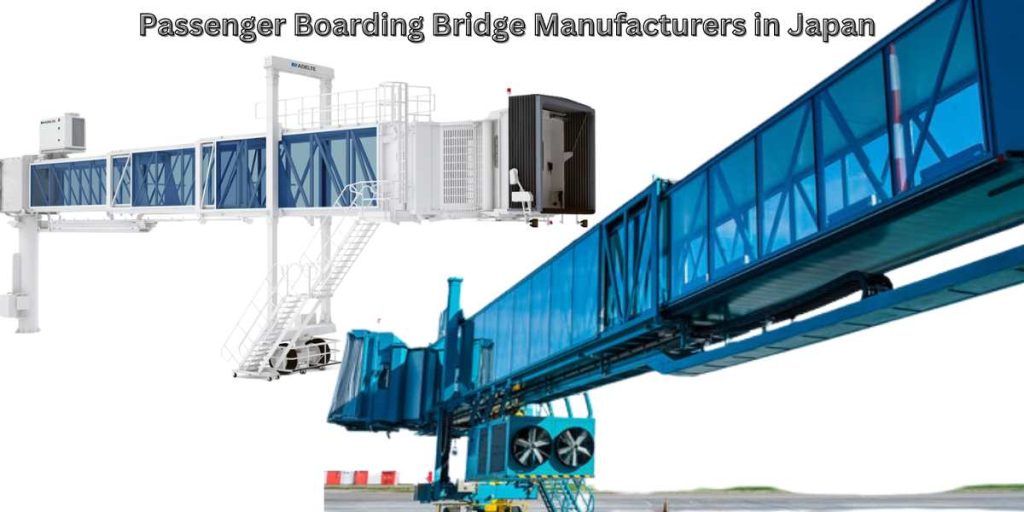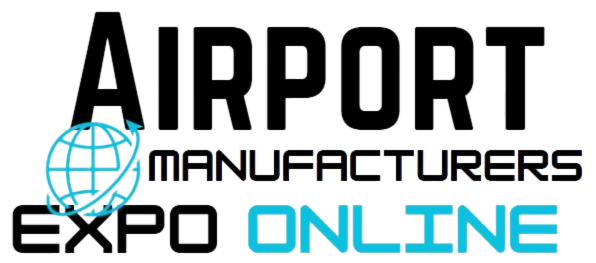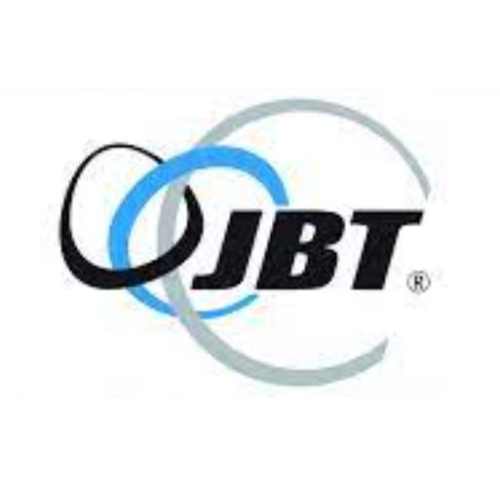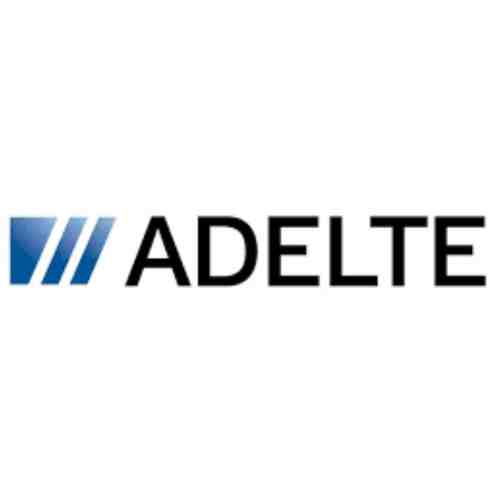Exploring Passenger Boarding Bridges in Japan in 2025
Japan, a land of bullet trains, technological marvels, and unwavering dedication to efficiency, is also a frontrunner in the world of aviation. As the travel industry rebounds in 2024, let’s take a deep dive into the fascinating world of passenger boarding bridges (PBBs) at Japanese airports. Buckle up, because we’re about to explore everything from cutting-edge technology to the future of air travel in the Land of the Rising Sun.

Innovation at its Finest: Japan’s PBB Manufacturers
Japan boasts a powerhouse lineup of airbridge manufacturers (also known as passenger jetway manufacturers, aircraft boarding bridge suppliers, or Japan airport bridge makers) who are constantly pushing the boundaries. Names like Mitsubishi Heavy Industries, ShinMaywa Industries, and Nippon Koei are synonymous with quality and cutting-edge design. These companies not only cater to the domestic market but are also major passenger bridge producers globally.
Passenger walkway manufacturers are also taking center stage. Companies like Kajima Corporation are focusing on passenger comfort and experience by incorporating wider walkways and improved lighting into their designs.
Exploring PBB Technology
Passenger boarding bridge systems Japan are no longer just glorified tubes. In 2024, we’re witnessing a surge in automation and advanced features. Here are some highlights:
- Automated PBBs: Get ready to be amazed! Kansai Airports recently announced the installation of the first-ever AI-powered, fully automated PBB system at Osaka International Airport. This system uses artificial intelligence to autonomously attach the bridge to the aircraft, marking a significant leap forward in efficiency and safety.
- Triple-Tunnel PBBs: These innovative bridges boast three connected tunnels, allowing for simultaneous boarding and deplaning from both the main cabin doors and the lower hold of large aircraft. This translates to faster turnaround times and smoother passenger flow.
Sustainable passenger boarding bridges are also gaining traction. Airport ground equipment Japan manufacturers are prioritizing energy-efficient designs that utilize lighter materials and incorporate features like automatic lighting control to reduce power consumption.
The Future of Air Travel in Japan
As we look towards the horizon of 2024 and beyond, the future of air travel in Japan promises to be a confluence of innovation and passenger experience optimization. Here are some exciting trends to watch:
- Passenger boarding process optimization: Expect seamless boarding experiences. Biometric boarding systems integrated with PBBs will allow for faster check-in and smoother passenger flow. Imagine simply walking onto the bridge and having your boarding pass verified through facial recognition!
- Airport terminal design Japan: Airports will transform into hubs of efficiency and comfort. Expect to see innovative terminal designs that integrate seamlessly with PBBs, incorporating wider walkways, improved signage, and even entertainment features to make the waiting process more enjoyable.
- Accessibility features on PBBs: Inclusivity is paramount. PBBs will be increasingly equipped with features that cater to passengers with disabilities, such as wider doorways, ramps, and dedicated handrails.
Safety First: Regulations and Maintenance
Safety regulations for PBBs Japan are some of the strictest in the world. Regular boarding bridge maintenance Japan is mandatory to ensure the smooth operation and structural integrity of these crucial pieces of civil aviation equipment Japan. Japanese manufacturers and airport authorities prioritize rigorous safety protocols to guarantee a safe and secure boarding experience for all passengers.
Manufacturing of PBBs in Japan adheres to the highest quality standards. Japanese companies are known for their meticulous attention to detail and commitment to producing reliable and durable PBBs.
A Look at Japan’s Major Airports
While exploring PBBs, it’s important to acknowledge the airports that utilize them. Here’s a quick glimpse at some of Japan’s major hubs (remember, these are not Beijing Capital International Airport or Shanghai Pudong International Airport!):
- Tokyo Haneda Airport: One of the busiest airports in the world, Haneda boasts state-of-the-art PBBs that cater to a wide variety of aircraft types.
- Narita International Airport: The primary international gateway to Japan, Narita utilizes advanced PBB systems that ensure efficient passenger flow for both domestic and international flights.
- Kansai International Airport: This futuristic airport, built on an artificial island, features innovative PBB technology, including the recently unveiled AI-powered automated system.
- Chubu Centrair International Airport: Located near Nagoya, this airport is known for its efficient layout and user-friendly PBB systems.
Price List
While I can’t disclose specific pricing due to variations based on customization and manufacturer negotiations, I can offer some insights into the cost range of passenger boarding bridges (PBBs) in Japanese yen (JPY):
- General Range: Expect a passenger boarding bridge to cost anywhere between ¥100 million JPY (approx. $740,000 USD) and ¥500 million JPY (approx. $3.7 million USD) This broad range reflects the significant variation in size, features, and level of automation.
- Factors Affecting Price: Here’s what can influence the final price:
- Size and Complexity: Larger PBBs designed for handling wide-body aircraft will naturally be more expensive than those for smaller planes.
- Features: Advanced features like automated docking systems, triple-tunnel configurations, and energy-saving elements will add to the cost.
- Manufacturer: Different manufacturers have varying pricing structures based on brand reputation and technology employed.
- Additional Considerations: Remember, the price might not be the sole factor. Consider factors like after-sales service, maintenance costs, and warranty coverage when making a final decision.
Here are some resources that might offer more specific pricing details (although exact figures might be unavailable):
- Manufacturer Websites: Many Japanese PBB manufacturers like Mitsubishi Heavy Industries or ShinMaywa Industries might have brochures or contact information for requesting quotes.
- Industry Publications: Trade publications or reports on the Japanese aviation industry might offer insights into average PBB costs.
Get a Quote from Top 6 Global Leader PBB Manufacturers
FAQs
Are passenger boarding bridges common in Japan?
Absolutely! Major Japanese airports and many regional ones utilize passenger boarding bridges (PBBs) for efficient and comfortable boarding and deplaning.
What are some features of modern PBBs in Japan?
Japan’s PBBs are known for innovation. Features can include wide walkways for smooth passenger flow, automated docking systems for enhanced efficiency, and even triple-tunnel designs for faster boarding on large aircraft.
Are PBBs in Japan accessible for everyone?
Yes, inclusivity is a priority. Many PBBs in Japan feature wider doorways, ramps, and dedicated handrails to ensure a comfortable boarding experience for travelers with disabilities.






